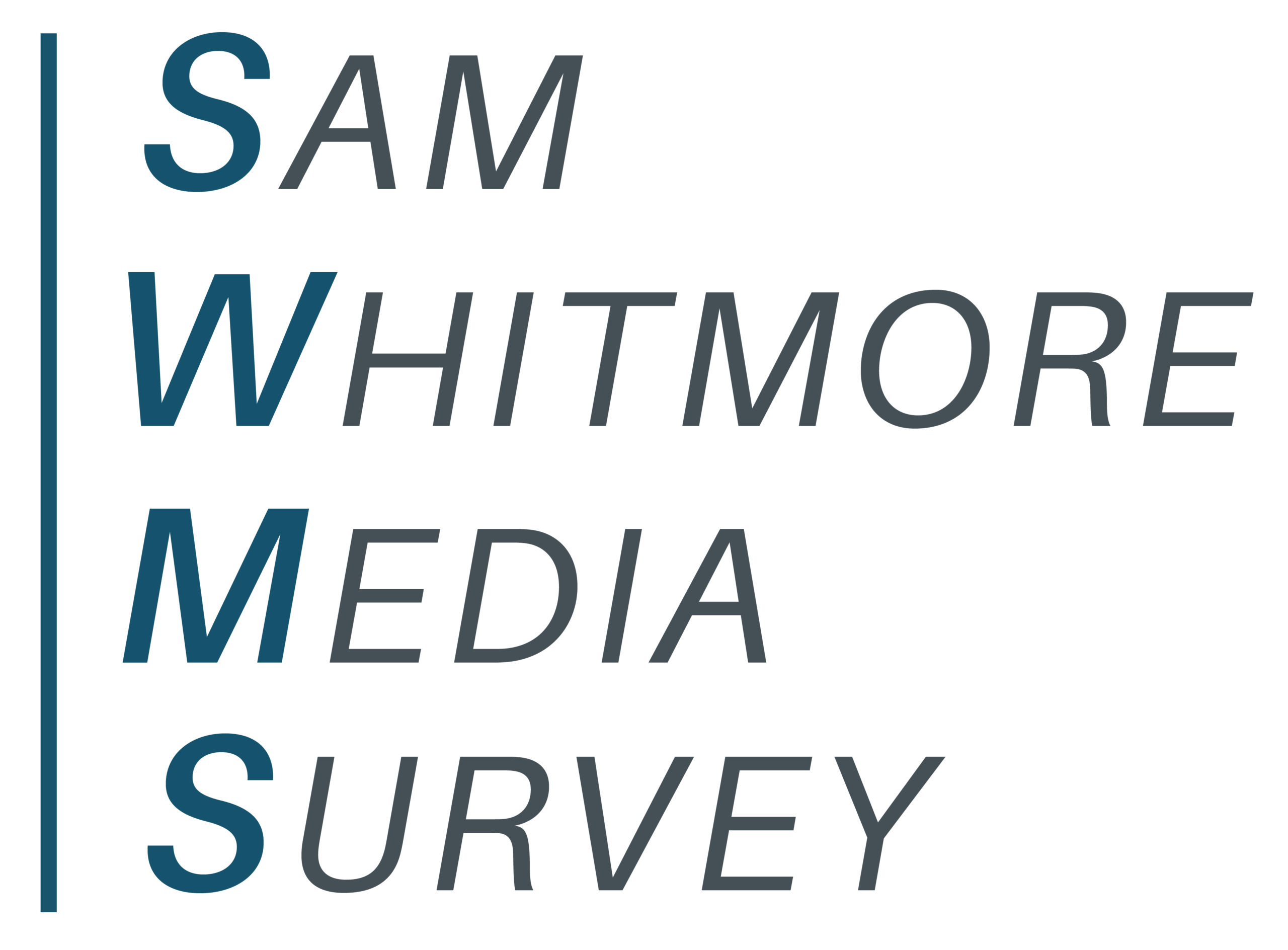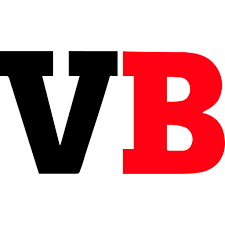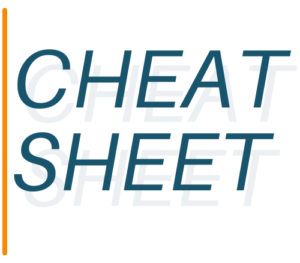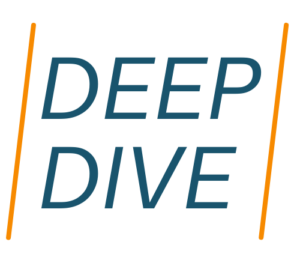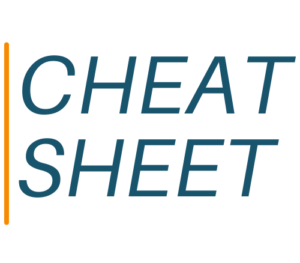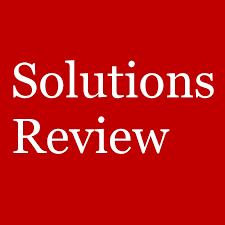
Paid Content Rate: Solutions Review
If you’ve tried placing a contributed post with Solutions Review lately, you may have learned that the publication no longer runs them for free. Prompted by a request from an SWMS subscriber, we dropped the publication a note.
